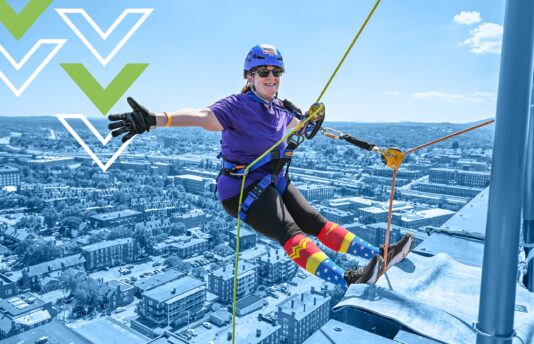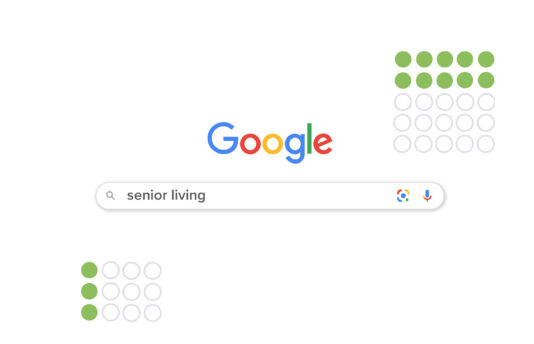With the rise in popularity of video-centric social platforms such as TikTok, Instagram Reels, Twitch, BeReal and, of course, YouTube, there’s a growing expectation for internal marketing teams to create more videos in house.
The good news is you do not need a big budget, sophisticated equipment or a large film crew to produce great video content. Use these simple video best practices to help your team shoot like the pros while making the process as smooth as possible!
Location
Do film in a clean, quiet, well-lit environment. Keep the background simple and uncluttered.
Don’t show anything that would look too busy or distracting. Don’t film in crowded or visually cluttered locations. Don’t have personal or sensitive information visible in the background.
Lighting
Do film in a well-lit room. When available, natural lighting is best, and you can enhance your lighting with an inexpensive LED ring light placed in front of you—this will improve the overall quality of the footage.
Don’t shoot using a window as a direct backdrop behind your subject, which will make them appear dark. Instead, consider turning off harsh overhead lighting and having the subject stand near a window to use natural lighting to your advantage.
Video Equipment
Do invest in a good-quality camera for professional-looking videos. Smart phones with high-resolution cameras can be effective if used correctly. Place your phone on a stable surface or invest in a simple phone tripod to ensure your footage is not shaky.
Don’t use older model camcorders just because they look more like traditional cameras. Don’t use a low-resolution camera that may result in grainy footage. Avoid shaky footage.
Audio
Do invest in a quality microphone for clear audio. Minimize background noise during recording; turn off or move things like a computer or A/C humming. Record in a quiet space and test your audio ahead of time. Record some test lines and play them back to determine if your audio sounds clear and without echoes.
Don’t underestimate the importance of your audio. The most gorgeous shot in the world can be ruined by poor audio quality, echoes and noisy backgrounds.
Interviews and Question Responses
Do prepare the on-camera subjects with an understanding of the topic and overall goal of the video. Choose individuals who are articulate, comfortable and confident on camera. Encourage natural gestures and expressions. Be sure to have the subject repeat the question at the start of their answer while being interviewed—it allows the segment to stand on its own without the interviewer’s voice.
Don’t have the subject read off a script—if they need notes, provide short highlights so they won’t be tempted to read. Eye movements when reading can be obvious and distracting on camera. Don’t force a script; encourage a conversational tone that is comfortable for the person on camera.
Clothing Choices
Do include a wardrobe with solid colors, which work best on camera. Choose colors that complement the subject’s skin tone.
Don’t consider wardrobe options with logos or busy graphics and patterns. Avoid clothing that blends into the background.
By following these video best practices in choosing the right location; using quality (not necessarily expensive) lighting, video and audio equipment; and ensuring on-camera subjects are well prepared, your organization can deliver impactful and professional video content. Remember, a clean and visually pleasing video presentation enhances the credibility and relatability of your message.











